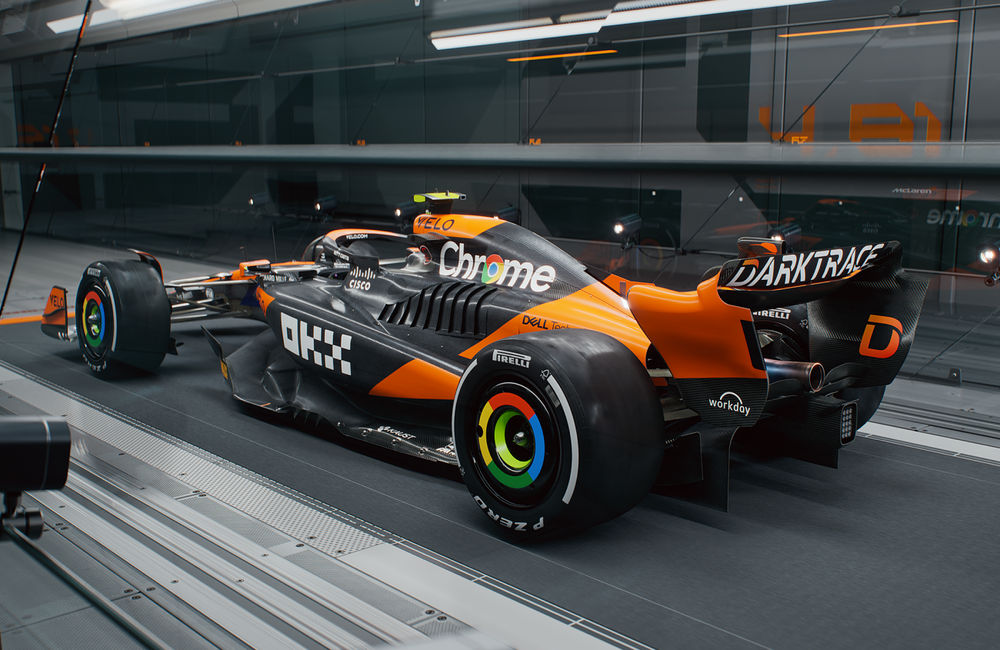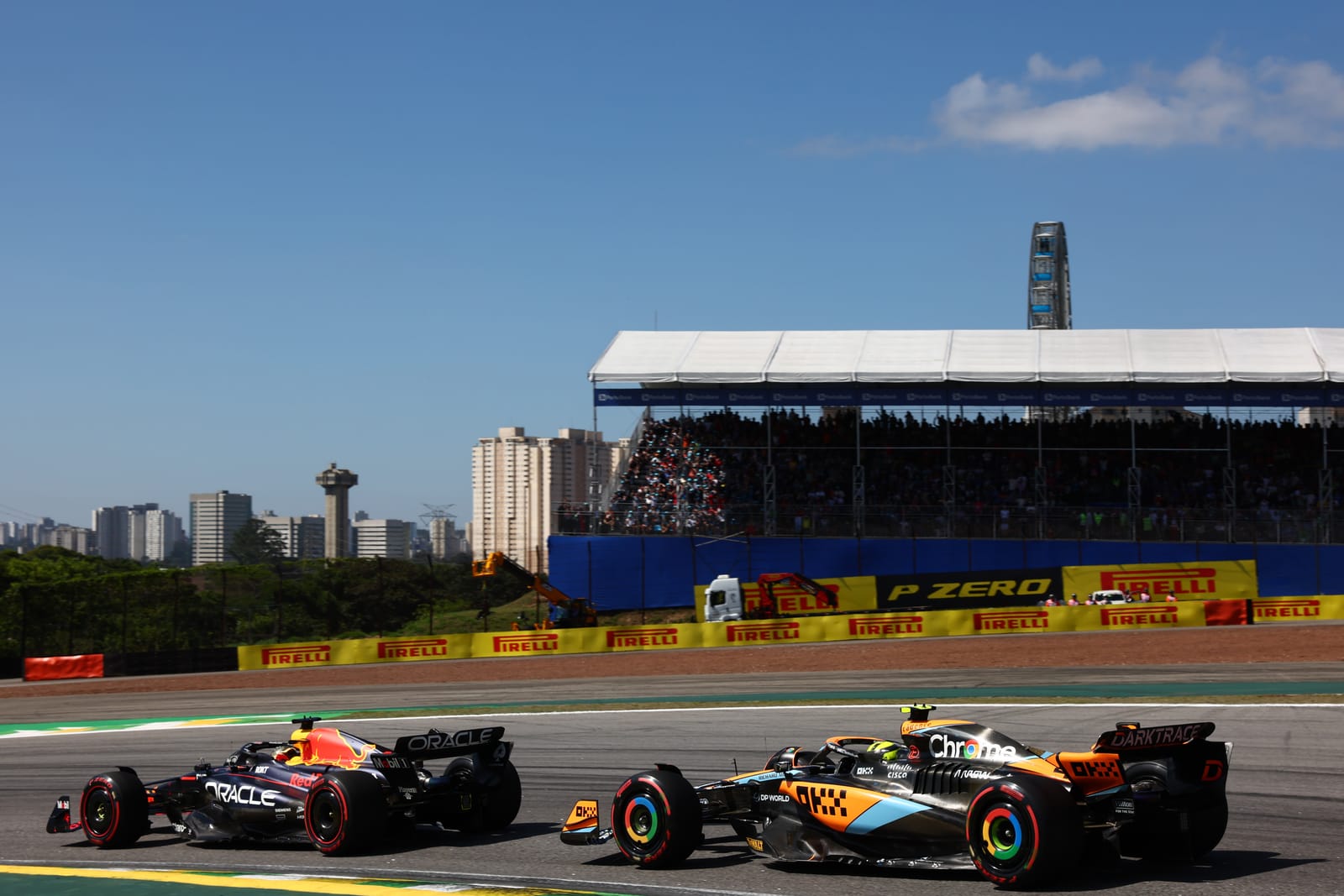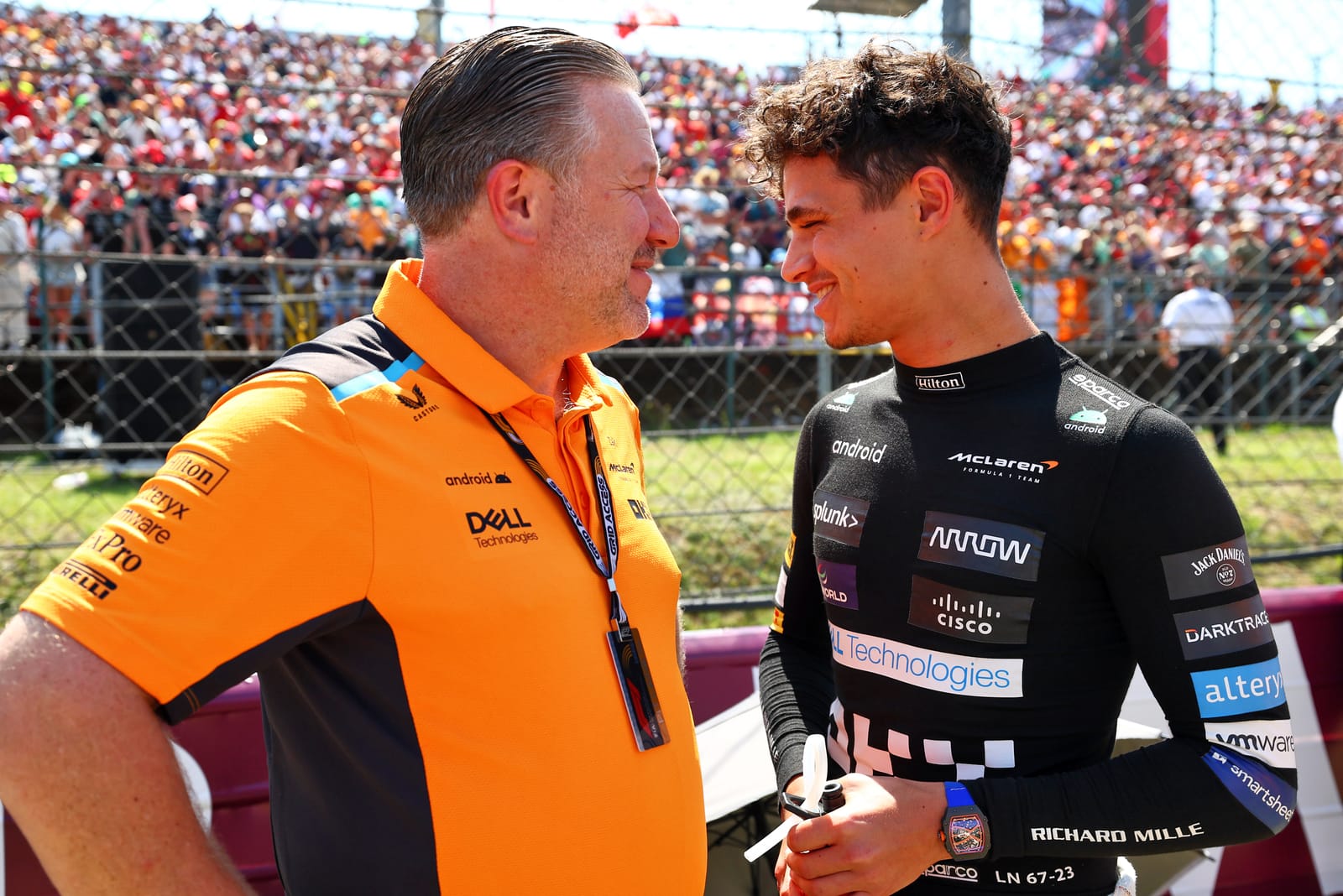Up Next

It is a sign of McLaren’s confidence and progress that, just short of a year on from a deliberately downplayed 2023 launch, it has dropped a surprise mid-January livery reveal for its 2024 Formula 1 car the MCL38 - which for the first time in a few years is actually a design worth hiding a little longer.
Though the real details of the car will likely evolve a lot more than its very familiar livery, we will have to wait until February 14 for the first clues – and in all likelihood it will be pre-season testing in Bahrain on February 21 before we see what McLaren has conceived to (attempt to) beat Red Bull this year.

But in getting the jump on everyone else in launch season now, McLaren has taken a symbolic step while also disclosing some additional information about matters of greater substance.
There is more to learn from this unexpected start to launch season than just what the MCL38’s unsurprisingly familiar colour scheme looks like.
ITS PREPARATION IS VASTLY DIFFERENT
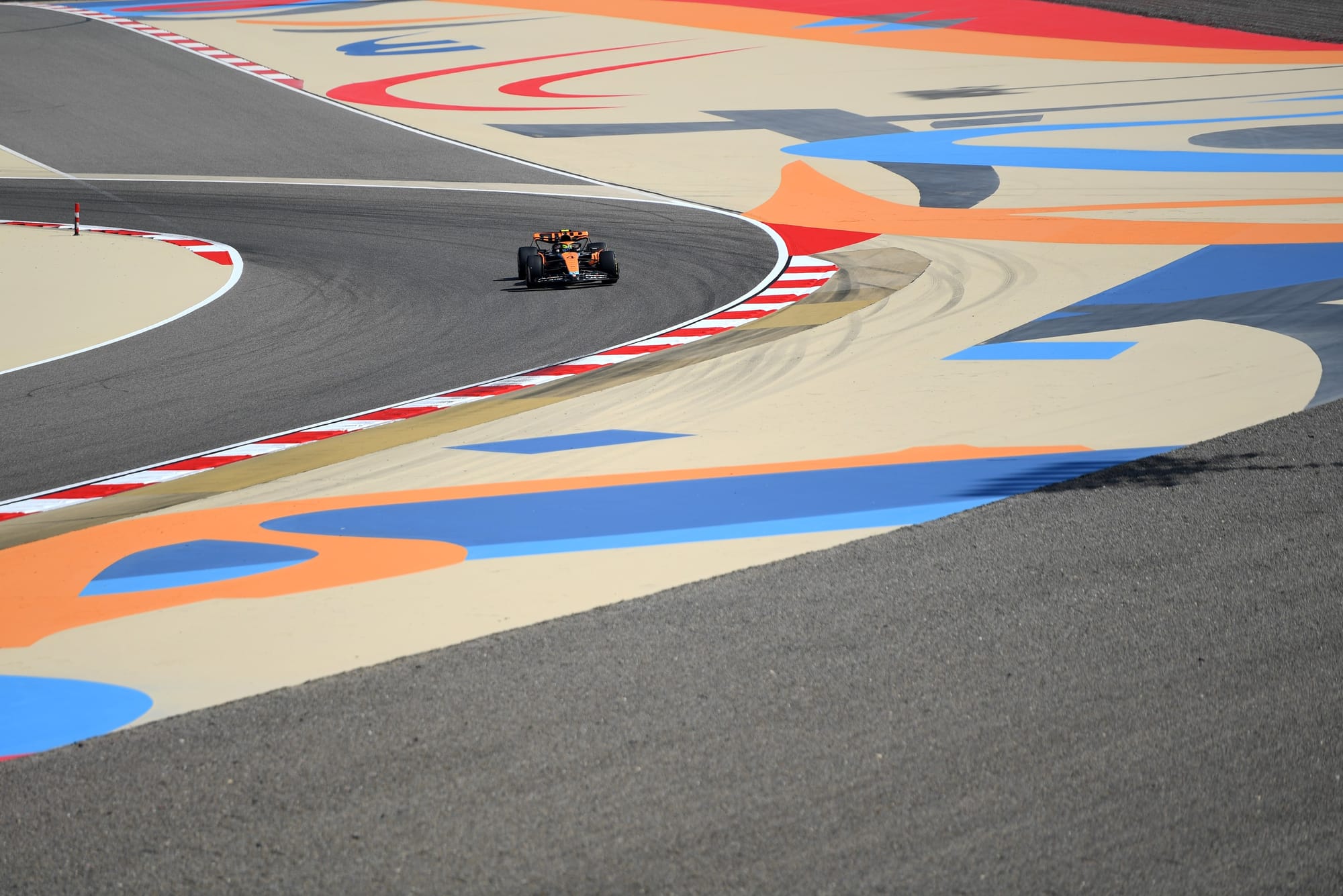
At last year’s launch, new team principal Andrea Stella wanted to front up to the problems McLaren had faced in its development of its 2023 car, and make it clear it had low expectations for the start of the year.
But McLaren has carried the momentum of a massive 2023 turnaround into the winter and is in much better shape than it was 12 months ago. Not having to change design concepts late in the day will tend to have that effect.
Whereas then McLaren was behind schedule, now Stella describes its winter as “relatively smooth” and “on plan”.
“'Smooth' in the Formula 1 sense," he stresses. "Which means pushing everything last minute, to the limit.
By significantly changing the car’s aerodynamic platform through 2023, McLaren has been able to pursue a consistent development stream.
Late in 2022 its development tracker would mark progress, then plateau, then progress again. It was telling a story of a difficult process and a limited avenue for improvement. Plus, Stella says, “there were some elements of how the team were interacting at the time that were a little disjointed, and they needed to be reconciled”.
This was addressed early in 2023 with the technical department reorganisation, which was effectively completed in early January with the arrivals of key recruits Rob Marshall from Red Bull and David Sanchez from Ferrari.
The result is a team that enthusiastically piled into this winter with a better foundation, a better system, better tools (which we’ll come to shortly) and better results.
IT FINALLY HAS SOMETHING WORTH HIDING
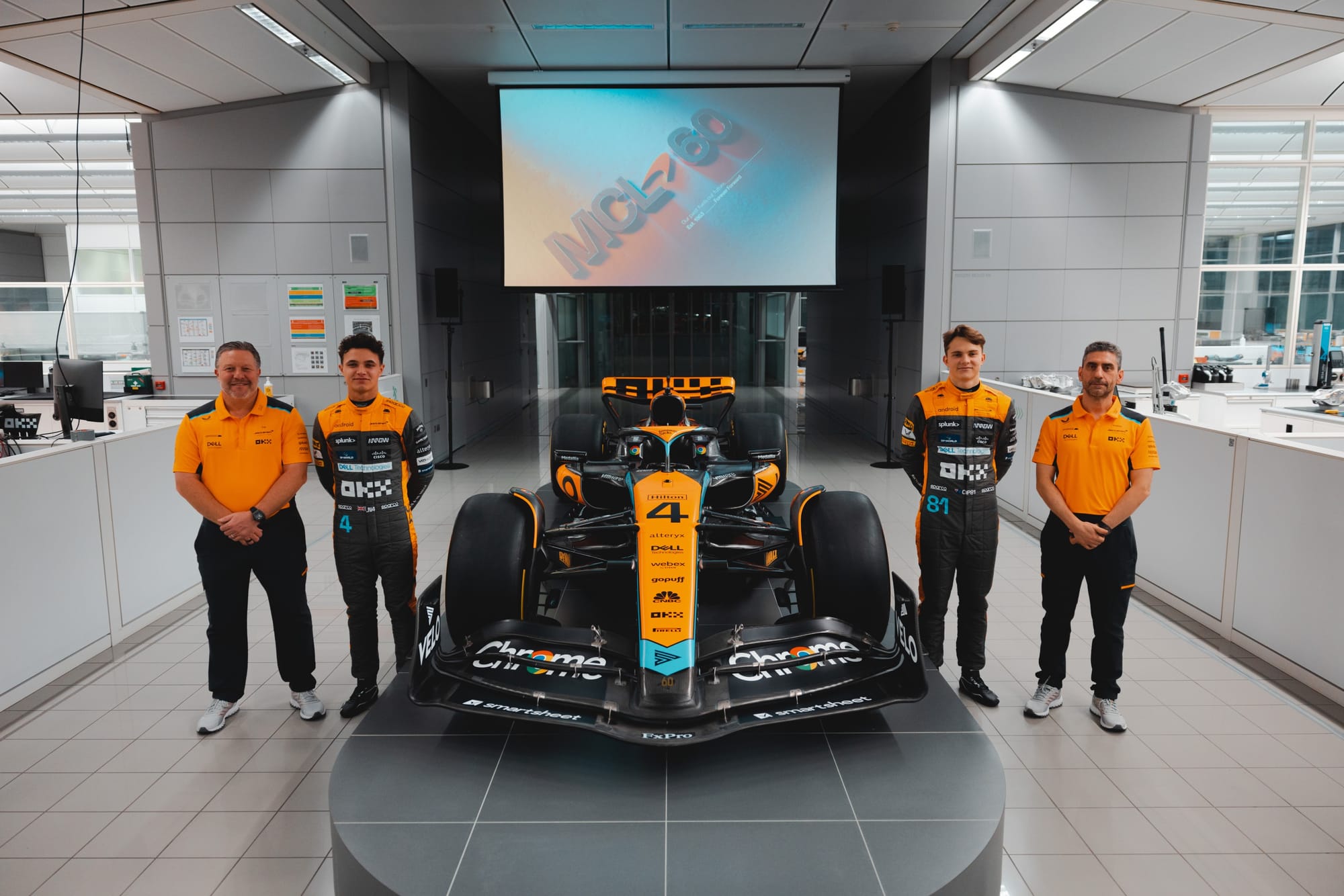
The circumstances of 2022/2023 meant McLaren didn’t have a problem putting the real thing on display at its launch a year ago because it wasn’t very happy with what it had.
Now things are different. While McLaren’s clearly keen to start shouting about 2024, and sounds pretty bullish, it’s not going to be as open with the car visually itself now it finally has something worth hiding.
It seems to be delivering on Lando Norris’s claim late last year that, for the first time in his career, McLaren will have a launch car that’s where it needs to be - rather than already relying on upgrades to catch up on its development targets.
While we might be light on visuals, we’ve got a few clues for where McLaren has put its focus, and how happy it is with what it has achieved so far.
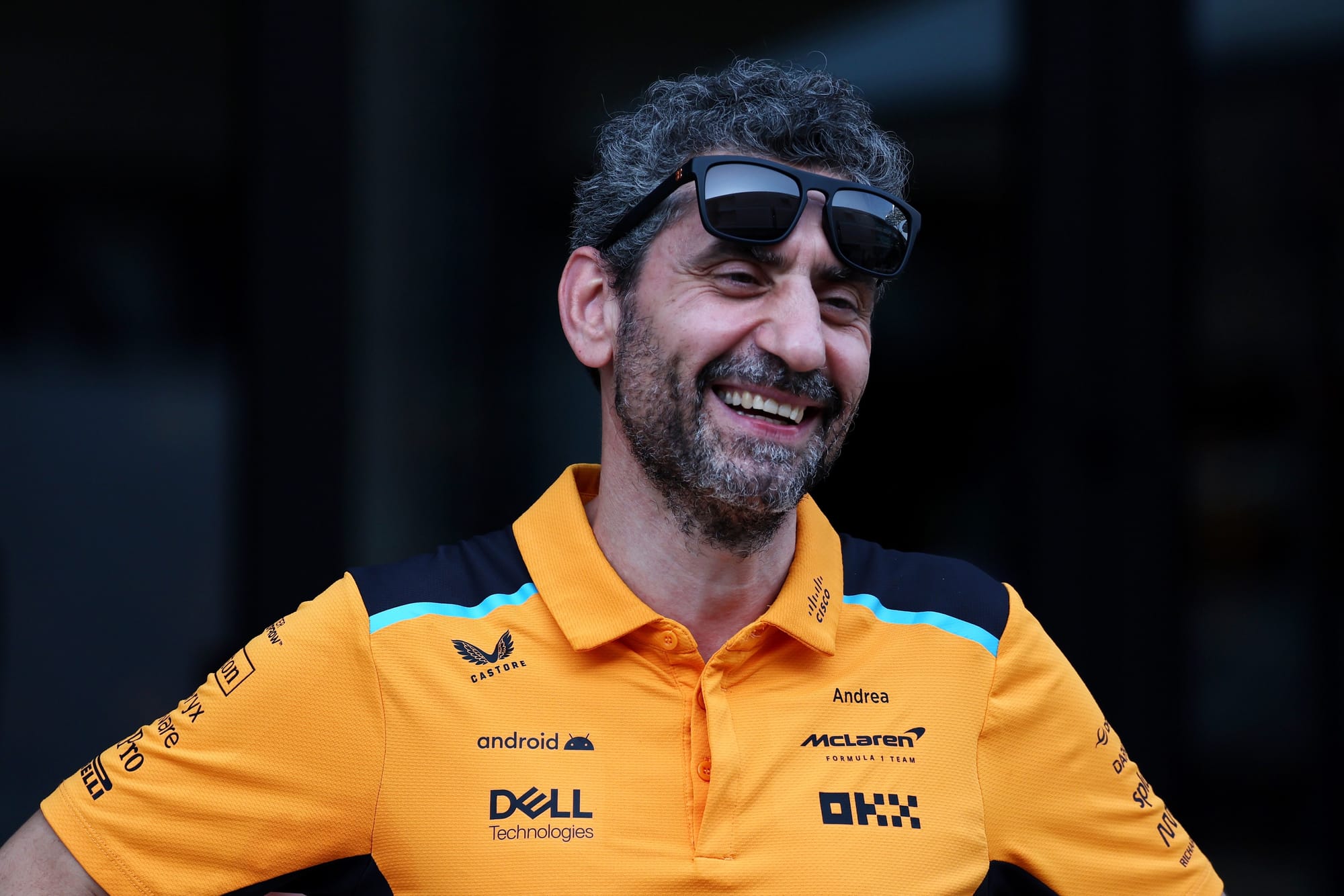
It was obvious last year that McLaren put a huge amount of time and money into overhauling the car’s aerodynamic platform but wasn’t able to make nearly as much progress as needed into core items like its suspension configuration.
We’ve expected for months that this will be different on the MCL38, which Stella has now all but confirmed, citing aerodynamic development, suspension and the interaction with the tyres as the key focal points.
“Definitely we've been able in every area to keep generating good ideas and to keep having good interactions in the team with clarity as to who is doing what, with the value of the ideas brought to the table that were competitive,” says Stella.
“So all this seems to be in a much better place.”
The priority has been to maintain the steep development curve that brought massive gains in Austria and Singapore last year, when McLaren introduced major upgrade packages as it transitioned away from its limited initial aero package to a much more overtly Red Bull-inspired design.
Stella is pleased, and says “we don’t see diminishing returns”. Although obviously McLaren cannot say the development gradients are steep enough to beat rivals like Red Bull, Mercedes and Ferrari.
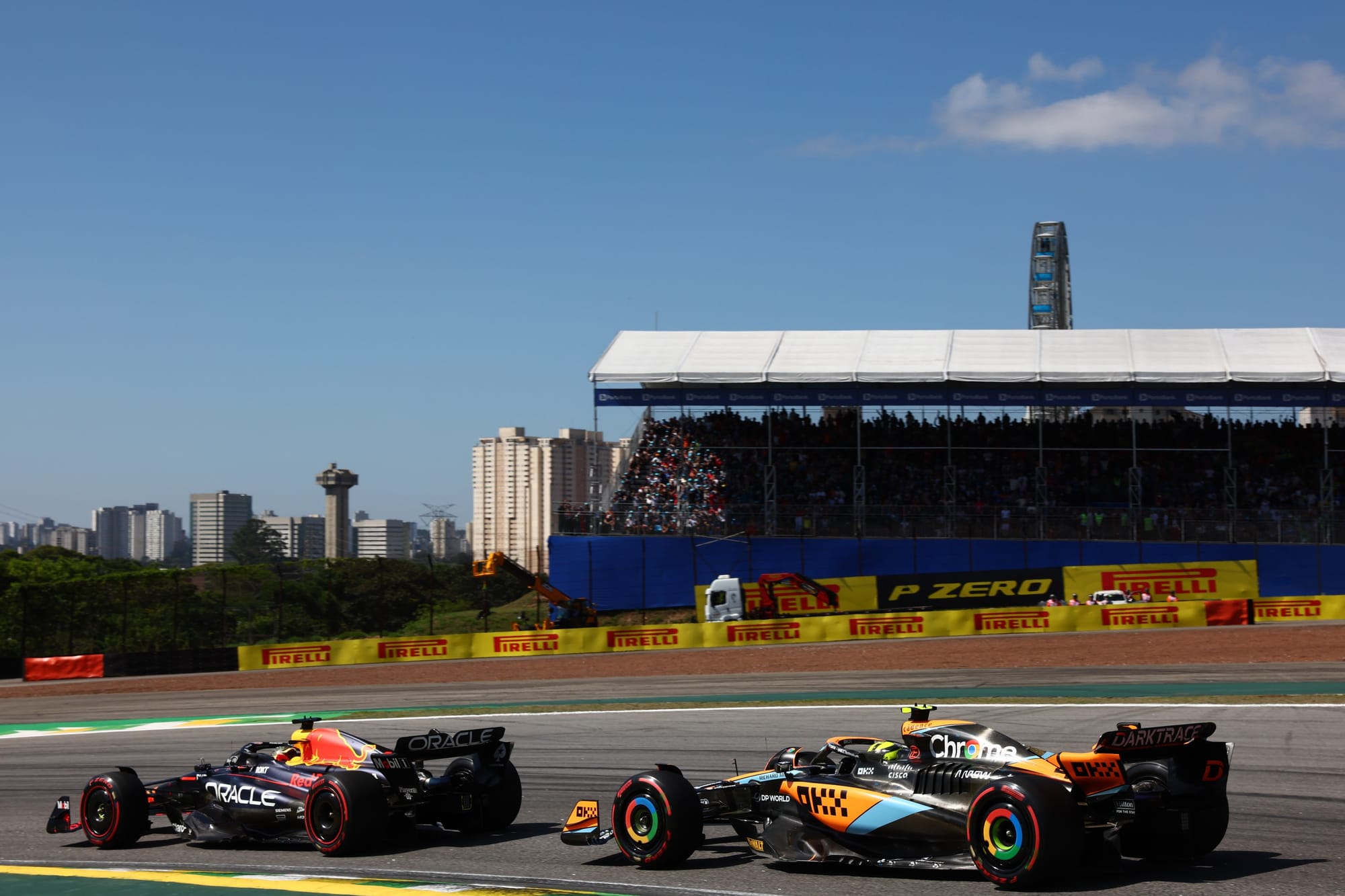
A lack of competitive, bold ideas was pinpointed by Stella as a clear weakness prior to his early-2023 reshuffle of the technical department.
But now: “We've been able in every area to keep generating good ideas and to keep having good interactions in the team with clarity as to who is doing what, with the value of the ideas brought to the table that were competitive.”
Stella also says that there is still “more steam in the tank” in terms of McLaren’s development options. Some rivals thought McLaren had just found some cheap, quick laptime by copying Red Bull as best as it could in 2023, but would then bump up against a performance ceiling without a proper understanding of where to derive more performance.
But if what Stella says is true, McLaren clearly feels it still has plenty of room to improve.
ITS OLD EXCUSES ARE GONE
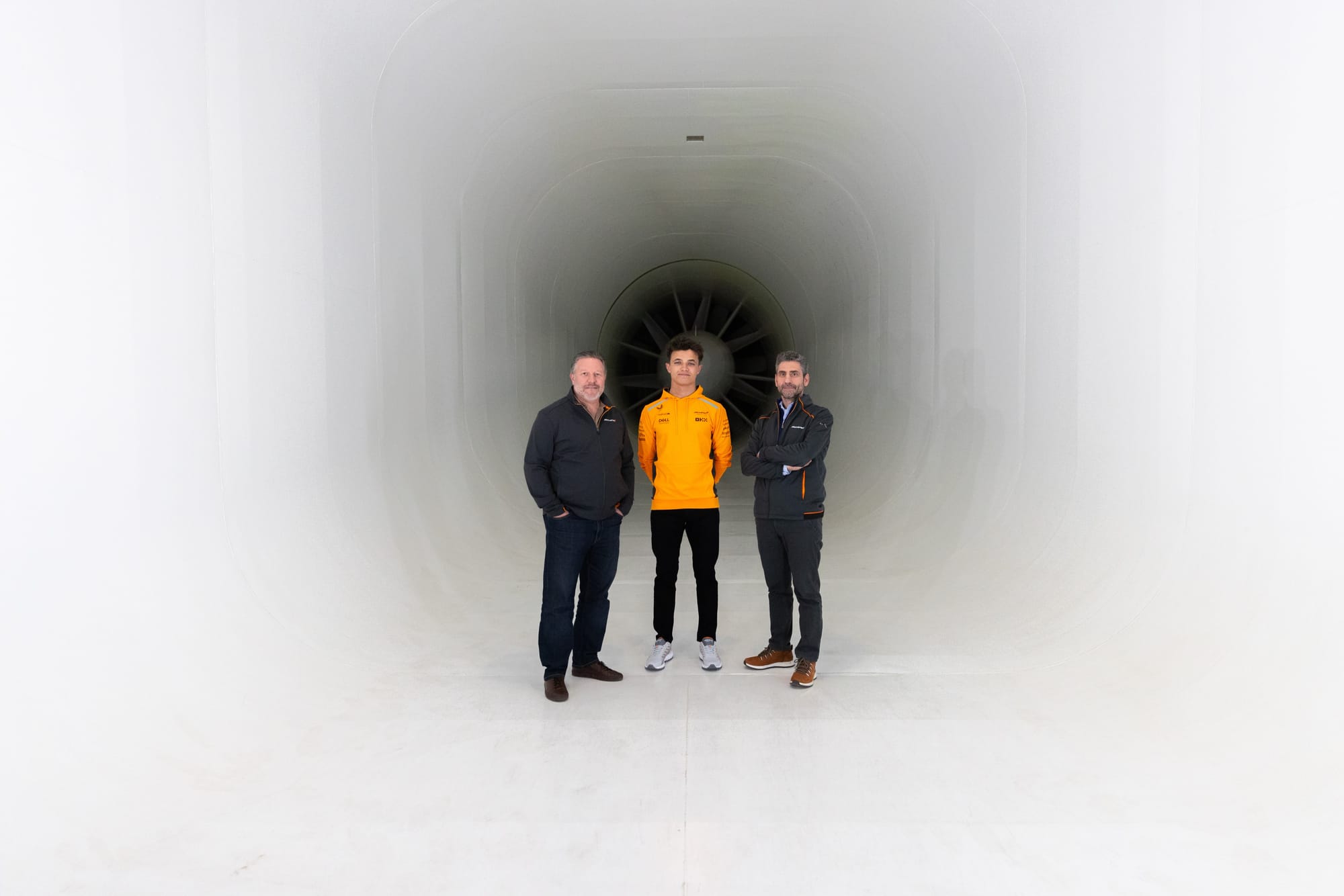
One of the things this era of McLaren leadership had already moved away from last year was blaming the existing infrastructure for its shortcomings.
We had got used to hearing McLaren Racing CEO Zak Brown, Stella’s predecessor Andreas Seidl and ex-technical director James Key talk about the ageing Toyota windtunnel and how McLaren desperately needed its new in-house tunnel and simulator that kept getting delayed.
All eyes were on 2025 or 2026 in that regime, but Stella changed the narrative in 2023 when he made it clear McLaren should be doing better with what it had already.
Stella’s personnel, structural and borderline cultural changes were backed up emphatically by the unprecedented - at least in modern times - in-season progress.
Now the new technical team has overseen the genesis of the 2024 car, giving it a better foundation, and McLaren finally has its shiny new infrastructure as well.
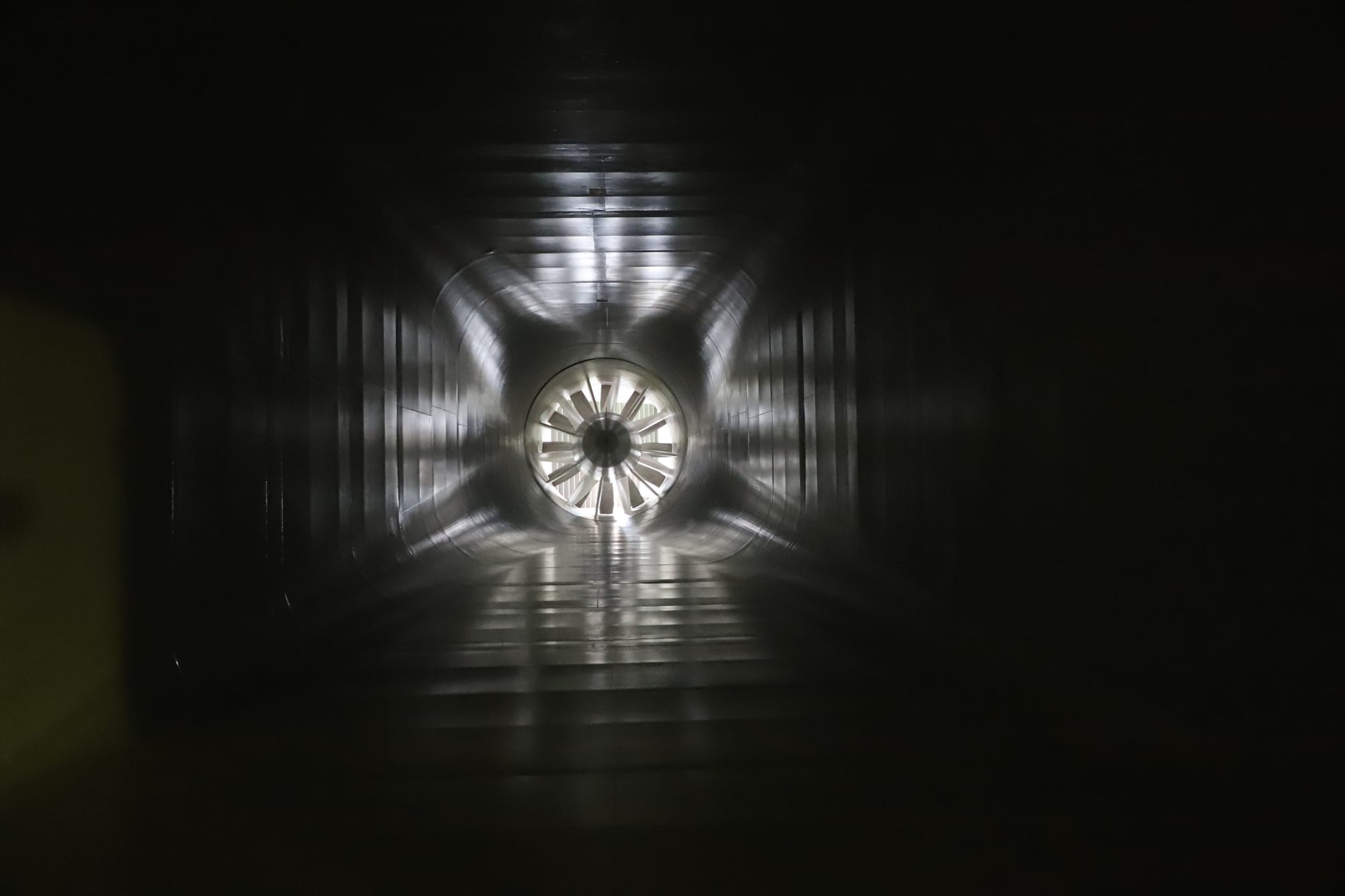
The 2024 car has been developed exclusively in the new windtunnel since September, components are being produced in the new composite manufacturing area, and ideas are being tested on the new simulator.
This should be a great opportunity to build on the 2023 car, which was originally conceived by the old technical team structure and wasn’t upgraded using the new equipment.
So, the 2024 car has been benefitting for months from better experiments, more - and more accurate - data, more efficient R&D and production processes. And so will all its development through the season.
And even though the MCL38 was initially born using the older windtunnel and simulator, McLaren’s 2023 progress showed that’s nowhere near the disadvantage it was once made to sound like. So, the foundation should still be very strong.
ITS NEW RECRUITS ARE ALREADY MAKING A DIFFERENCE
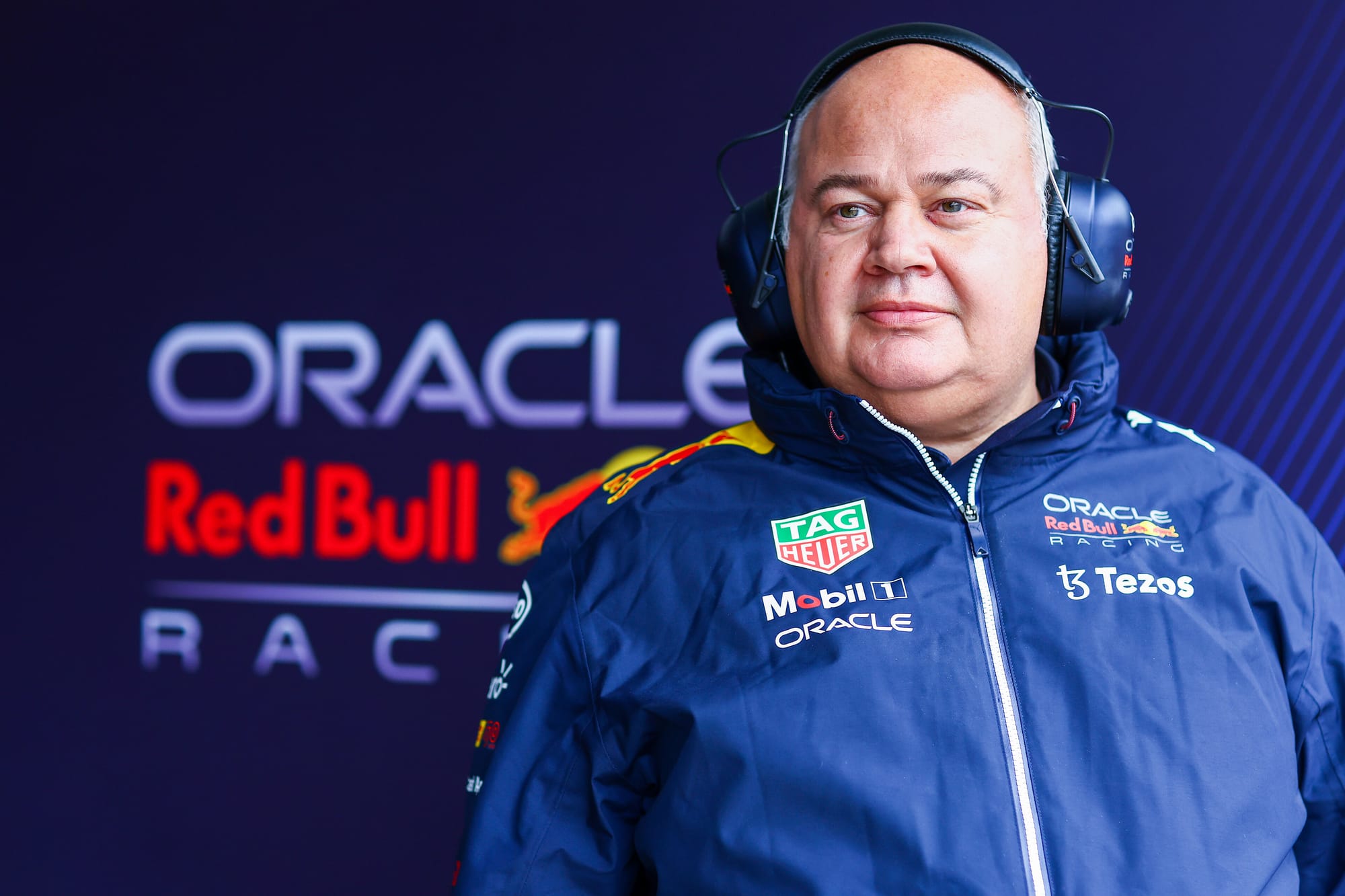
Having restructured the technical department in the fallout of the underwhelming start to 2023, McLaren hired Marshall from Red Bull, and Sanchez from Ferrari, as key recruits to fill leadership roles within that new structure.
McLaren cannot count on the singular genius of Adrian Newey, so effectively the team has tried to split what one man leads for Red Bull into three distinct component parts.
Peter Prodromou - who used to troubleshoot aerodynamic problems on Adrian Newey McLarens in the late-90s and early 2000s - was re-hired from Red Bull almost a decade ago and now leads McLaren’s in-season aero development.
Sanchez, chief architect of the 2022 Ferrari concept that initially set the pace in F1’s new ground-effect era, will take charge of McLaren’s overall car concept - paying particular attention to 2025 and the major rule change coming for 2026.
Marshall brings a wealth of Formula 1 engineering experience with him from F1’s best team, and will take charge of turning the ideas dreamed up by the departments led by Prodromou and Sanchez into reality.
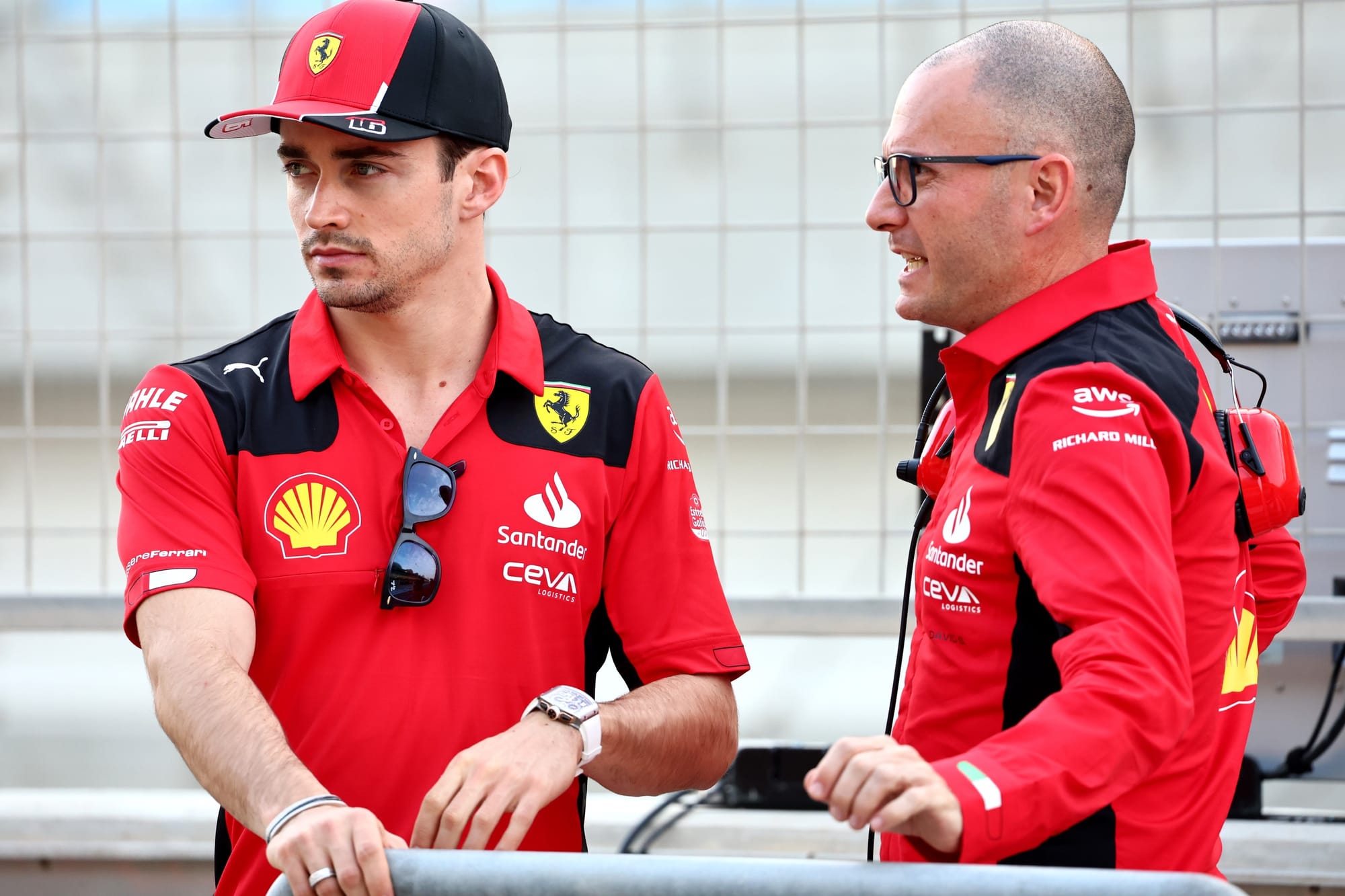
Sanchez (pictured above to the right of Charles Leclerc) and Marshall began working for McLaren on January 2, and although that’s far too late for them to have had any major input into the genesis of McLaren’s 2024 car, Stella says they are already contributing ideas for McLaren’s future development.
F1 teams always look to glean what they can about their opposition from any new hires - especially when those hires come from successful rival teams - but the encouraging thing for McLaren is that Stella says their prior knowledge fits with the direction McLaren is already moving in.
So, rather than these guys coming in and saying ‘no, sorry, you’ve got it all wrong, you need to do it like this’, they are trying to add to the solid foundation McLaren has already built.
Stella describes it as “quite refreshing” that McLaren is already broadly following the right path in terms of its processes, and calls the technical conversations these new recruits have begun having with existing McLaren staff “fascinating”.
But the biggest win here for McLaren is having a technical team that can work on short-, medium- and long-term projects in parallel without one project overpowering the others.
Stella describes his team of three new chiefs as “high-calibres” whose expertise and experience will give McLaren the “capacity, the capability and the competence” to approach 2024, 2025 and 2026 with “the horsepower required to compete at the top of Formula 1”.
IT’S NOW A PROFIT-MAKER
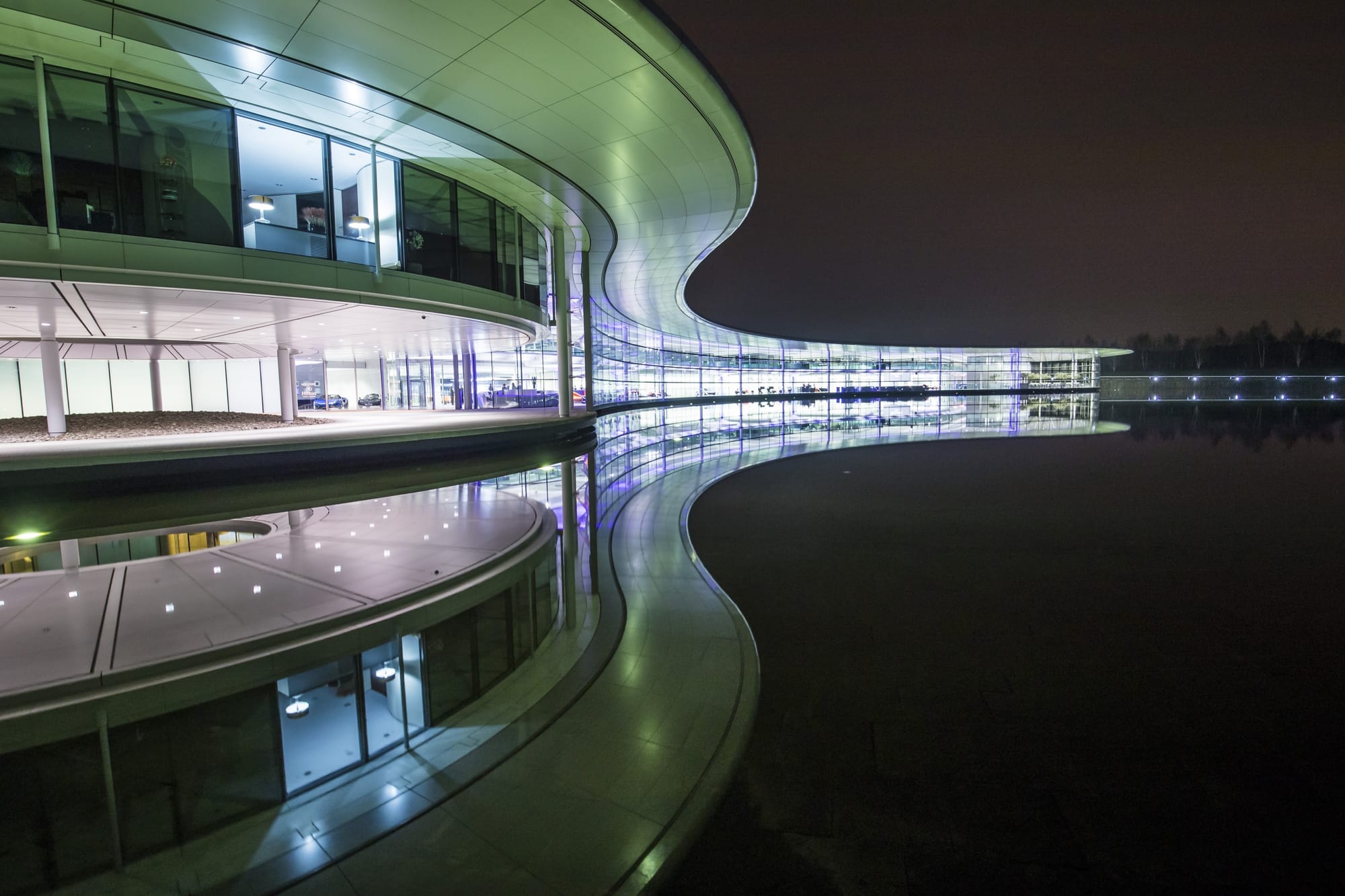
The financial situation at the wider McLaren Group has been precarious ever since the Covid pandemic basically stalled the automotive industry - and the supercar market in particular.
At that time, the success of McLaren’s supercar business was basically propping up an ailing F1 team that had been underachieving for the best part of a decade.
After the pandemic hit, McLaren had to go cap in hand to various investors - even selling equity in its headquarters - in an effort to stay afloat long enough to rebuild what was a thriving specialist business pre-pandemic.
Before Christmas, McLaren confirmed its main shareholder - the sovereign bank of Bahrain - had taken back full control of the business and given it a fresh cash injection.
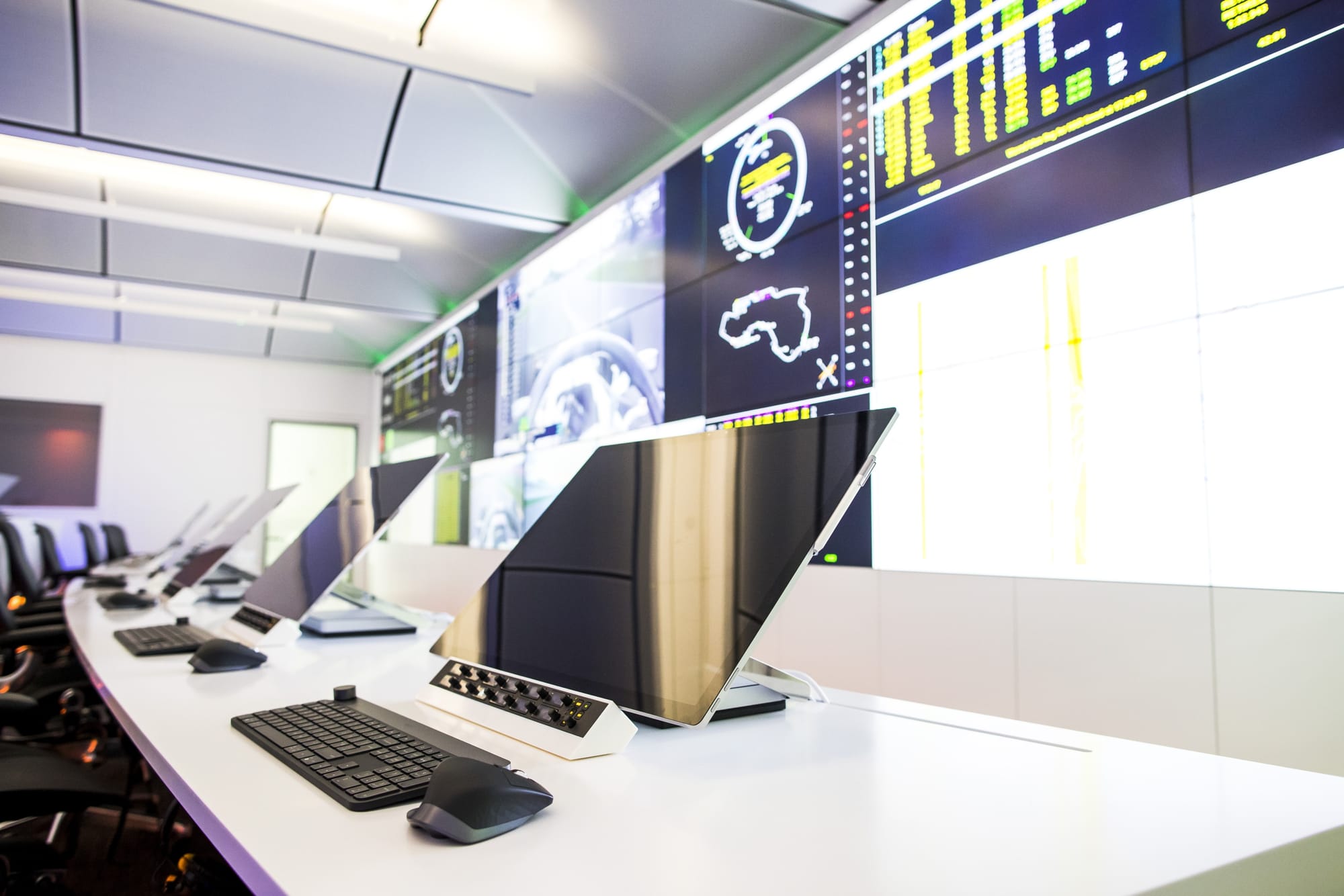
Sky reported this news and said it could also pave the way for McLaren to link up with another automotive manufacturer to form a partnership in the supercar market.
Brown insists this refinancing of the wider McLaren business has “no ramifications for the Formula 1 team”, which he describes as “fiscally very healthy” - no doubt helped by F1’s cost cap reining in in-season spending significantly compared to the recent past.
McLaren recently announced a new long-term Mercedes customer engine deal for its F1 team, taking the partnership through to 2030, as well as new agreements with long-time Mercedes sponsor Monster Energy and Ferrari sponsor Estrella Galicia - the Spanish brewery that previously sponsored McLaren when Carlos Sainz drove for the team.
Brown revealed McLaren “turned a profit” in 2023 - “for the first time in quite some time” - and says his F1 team “anticipate continuing to do so” regardless of whatever might be happening with the financing of the wider McLaren business.
BUT IT DOES FEAR ‘UNPLEASANT’ SURPRISE
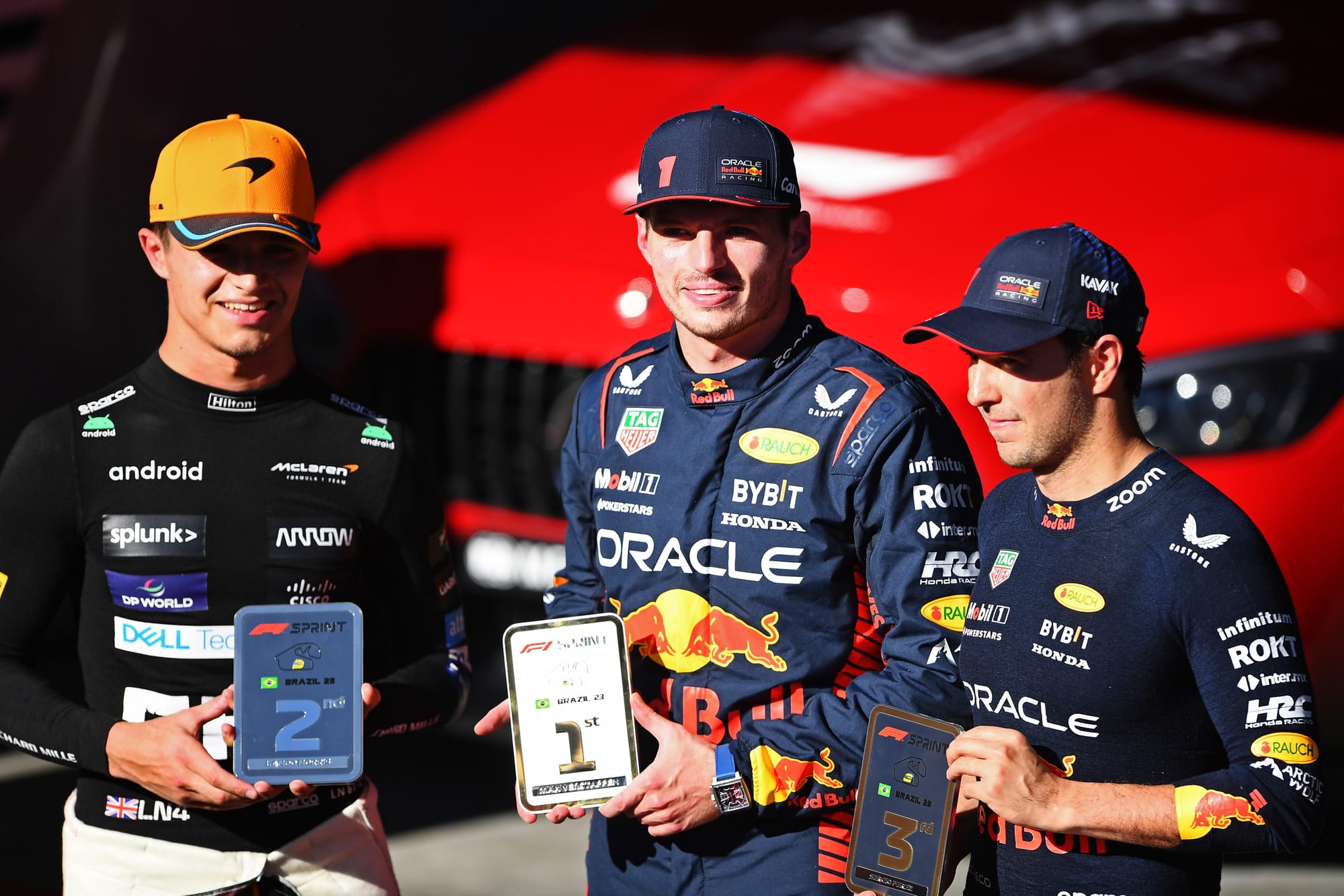
The only reasonable conclusion to all this is that McLaren’s in position to start a season in the best shape yet in the turbo-hybrid era.
McLaren has Red Bull in its sights. But it also sense-checking that optimism itself. Realistically, it knows beating Red Bull is going to be very tough. And that the goalposts could be moved.
Stella has warned that Red Bull should make a “large step forward” for the start of 2024, which could just keep it out of everybody else’s reach for another year.
Its RB19 was the class of the 2023 field by a big margin, mainly on Sundays, even though it did not have a prolific amount of development through the season.
Red Bull was managing the toughest aerodynamic testing restrictions of any team last year after winning the 2022 title and it also had further restrictions imposed as part of its penalty for breaking the budget cap in 2021.
McLaren Racing CEO Zak Brown makes a simple observation: “Red Bull certainly seem like they didn't develop last year to the level they could've if they wanted to.
“So, that could be an unpleasant surprise for all of us.”


